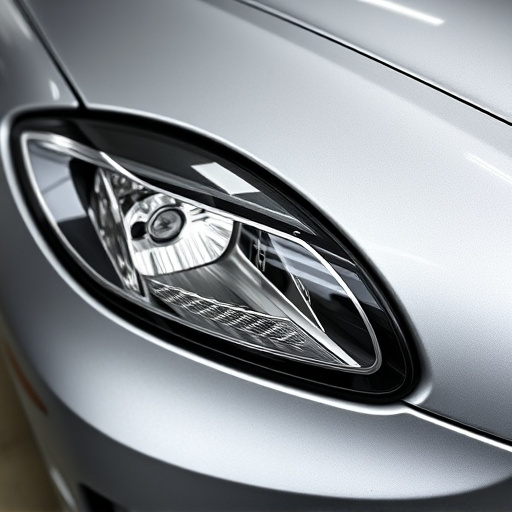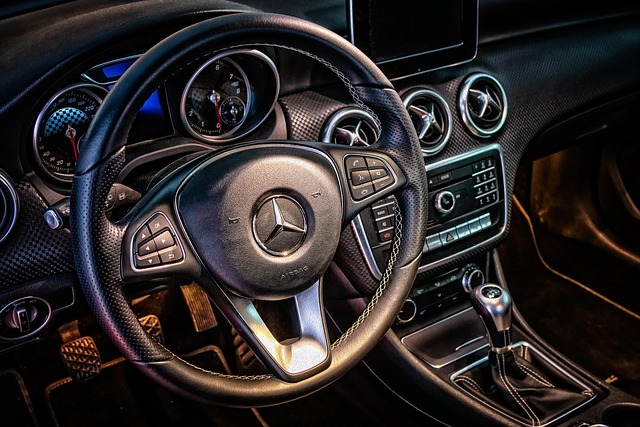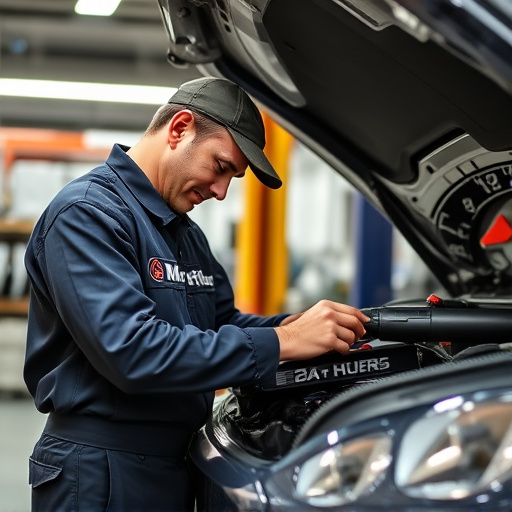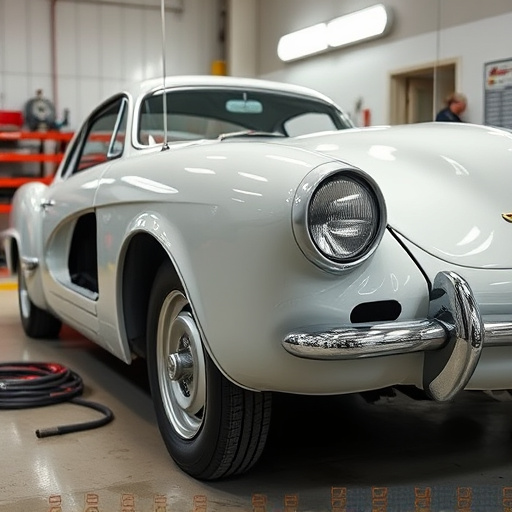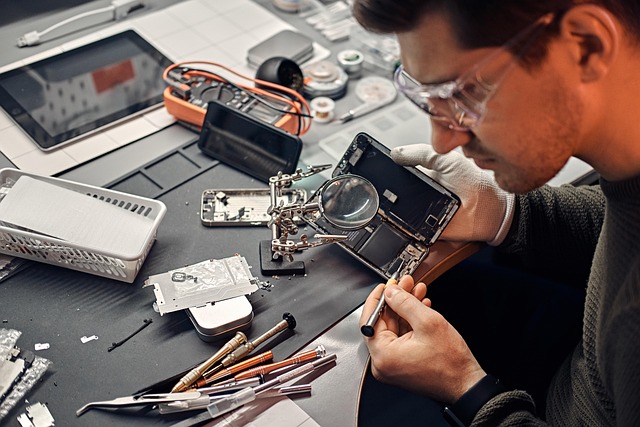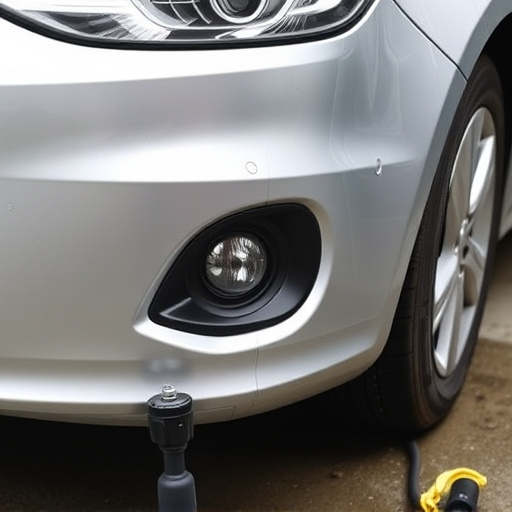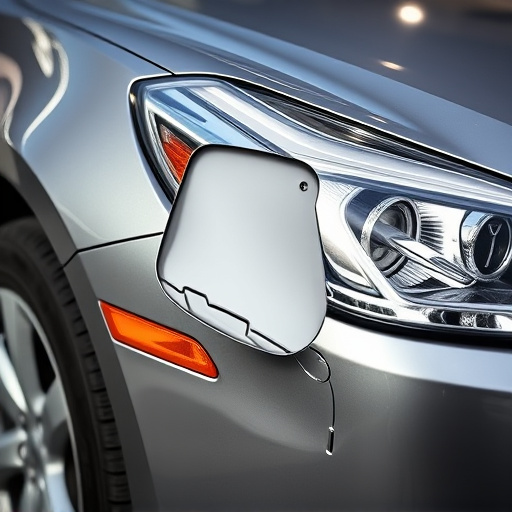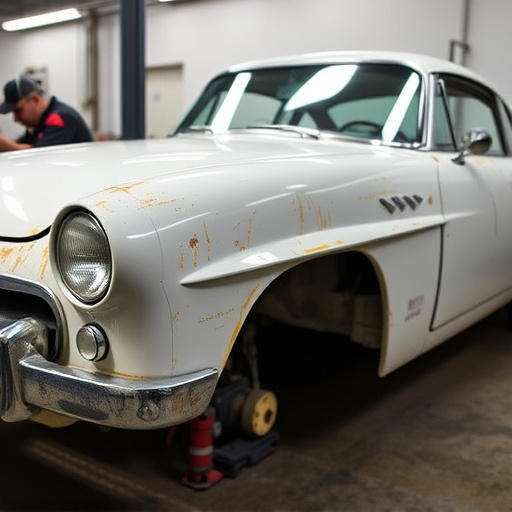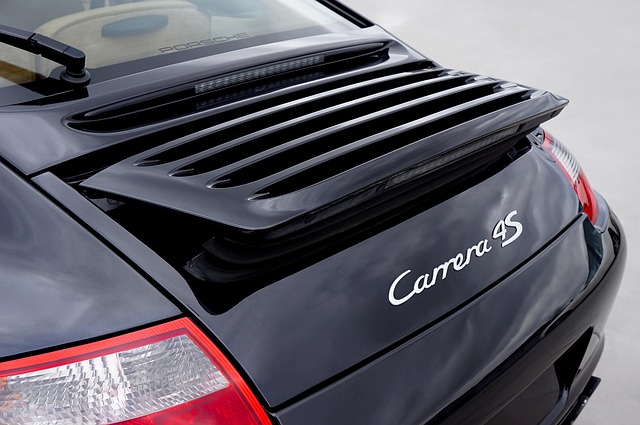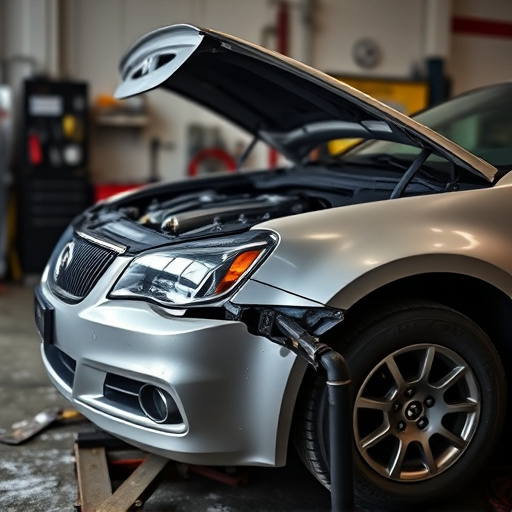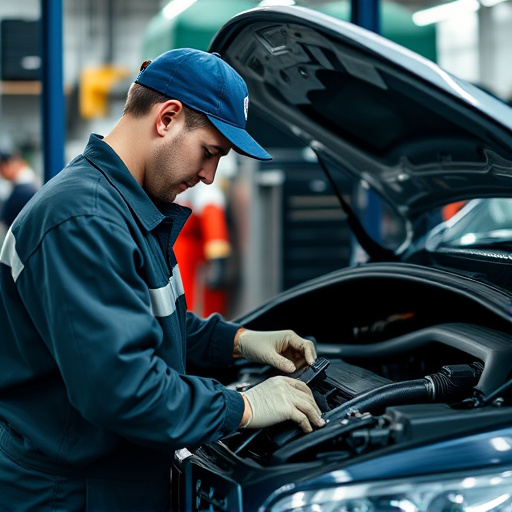Vehicle make and model impact frame repair costs, with older cars costing less due to simpler designs and high availability of parts. Severe damage, location, and labor rates significantly increase the frame repair cost. Comparing quotes from collision centers, considering base fees and additional services, helps drivers choose a reputable shop for informed decisions regarding repairs.
Understanding the factors that influence frame repair cost estimates is crucial for vehicle owners. This article delves into the key elements shaping these costs, including vehicle make and model, damage extent and severity, as well as location and repair shop rates. By exploring these aspects in detail, you’ll gain a comprehensive view of what drives frame repair expenses and how to make informed decisions when facing such repairs.
Vehicle Make and Model Impact
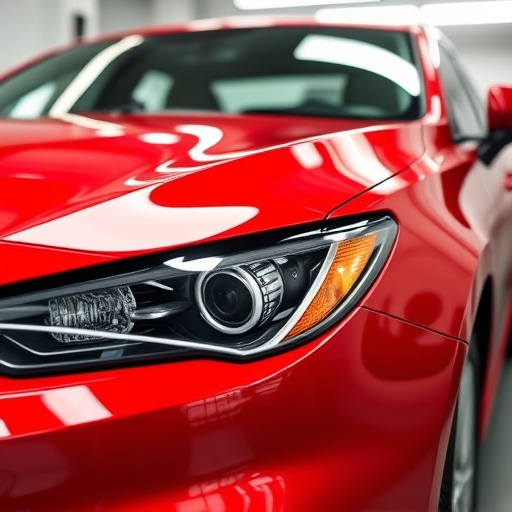
The make and model of a vehicle play a significant role in determining frame repair cost estimates. Older models or those from smaller manufacturers often have simpler designs, which can lead to lower labor costs during the repair process. Conversely, luxury vehicle repairs, such as those for high-end brands, may involve more intricate and specialized parts, driving up the price tag. This is because of the advanced engineering and precision required in repairing these vehicles’ frames.
Additionally, the availability of replacement parts can impact frame repair costs. For popular models with a strong after-market support system, spare parts are readily available, making repairs faster and potentially cheaper. In contrast, finding specific parts for rare or vintage cars might be challenging and expensive, leading to higher labor costs as technicians may need to source rare pieces or perform custom fabrications.
Damage Extent and Severity
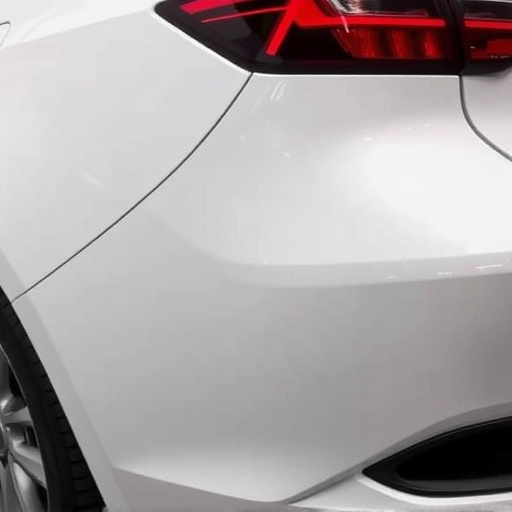
The extent and severity of damage play a significant role in determining the frame repair cost for any vehicle. Extensive or severe damage will inherently lead to higher repair expenses as it involves more labor, specialized tools, and replacement parts. For instance, a car that has sustained significant front-end damage, including crumpled fenders, bent grille, and shattered headlights, will require extensive straightening and part replacements, driving up the overall frame repair cost.
When assessing damage, professionals consider both visible and underlying structural issues. Auto repair near me shops often employ advanced diagnostic tools to pinpoint hidden problems, such as damaged or misaligned frames, which can significantly impact vehicle safety and performance. These complex repairs may require the services of specialized technicians and high-tech equipment, adding to the overall vehicle repair services cost. Conversely, minor dents or dings that only affect the exterior appearance but don’t compromise structural integrity can be repaired more affordably through services like car dent removal.
Location and Repair Shop Rates
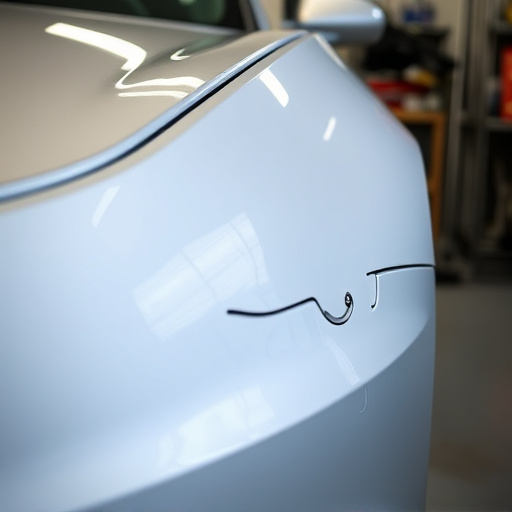
The cost of frame repair can vary greatly depending on the location and the rates charged by local car body shops or auto collision centers. In urban areas with a high cost of living, labor expenses tend to be higher, which can translate into increased frame repair costs. Conversely, rural or suburban regions often have lower labor rates, making vehicle restoration more budget-friendly for those seeking frame repairs.
When comparing quotes from different auto collision centers, it’s essential to consider not just the base cost of the repair but also any additional services offered. Some shops may provide estimates that include parts replacement, painting, and detailing as part of a comprehensive package, while others might charge separately for these services. Understanding these nuances can help drivers get a clearer picture of the overall frame repair cost and make informed decisions when choosing a reputable car body shop.
Understanding the interplay between vehicle make, damage extent, and location is key in accurately estimating frame repair costs. These factors significantly impact the final bill, with each contributing uniquely to the complexity and resources required for repairs. By considering these aspects, both car owners and repair shops can navigate the process more effectively, ensuring transparent and fair pricing. This knowledge empowers individuals to make informed decisions when faced with frame repair needs, ultimately saving time and money.
